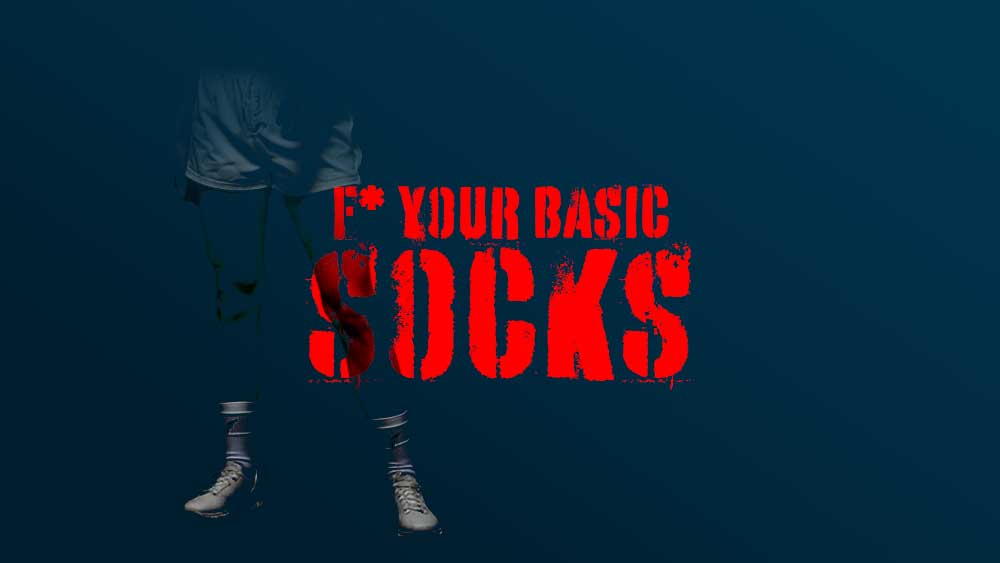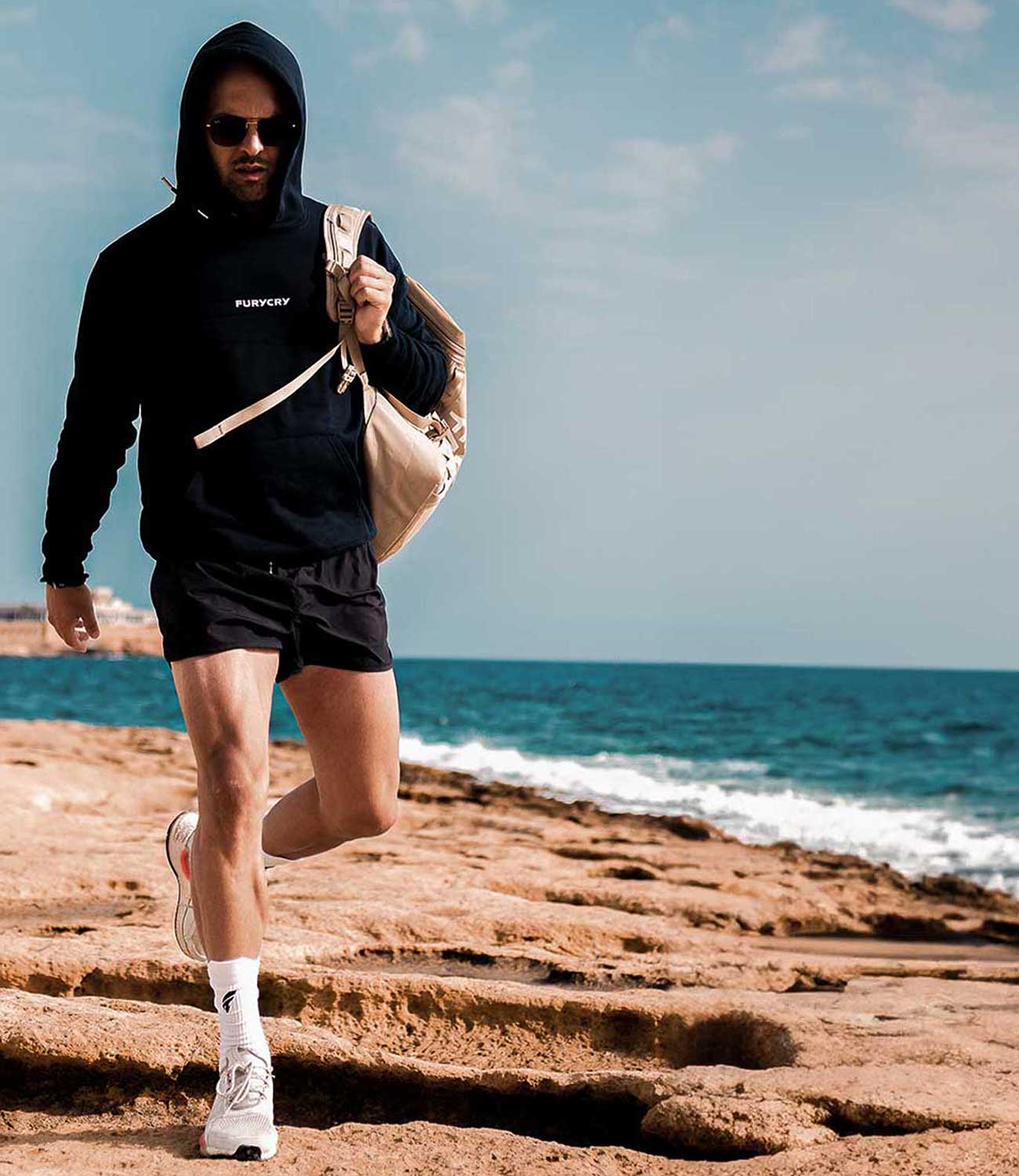How is it that we now see outfits on city streets that look like they've come straight off the tennis court? Tennis and streetwear might seem like two completely different worlds at first glance—one, a white-clad elite sport; the other, an expression of youth culture. But tennis' influence on everyday fashion is undeniable. Some of the world’s most iconic fashion items have their roots in tennis—like the timeless white sneaker or the polo shirt. What once belonged strictly to country club dress codes is now an integral part of street fashion.
This article explores the historical evolution of tennis fashion, the brands and subcultures that took it from the courts to the concrete, the key moments and collaborations that shaped the trend, and why the tennis look continues to captivate streetwear lovers today. Get ready for a stylish journey from Wimbledon grass to street culture cool.
From the Court to the Street: The Evolution of Tennis Fashion
Tennis has always had its own dress code. As early as 1890, Wimbledon mandated players wear all-white—symbolic of upper-class elegance and purity. Men played in white shirts, long pants, and wool vests; women wore corsets and floor-length skirts. But as players began pushing the limits of practicality, tennis fashion started to shift.
 Source:https://en.wikipedia.org/wiki/Ren%C3%A9_Lacoste
Source:https://en.wikipedia.org/wiki/Ren%C3%A9_LacosteIn the 1920s, French champion René Lacoste made a radical move by cutting the sleeves off his stiff shirt for more mobility. In 1929, he introduced the first short-sleeved tennis polo made from breathable piqué cotton, which later became a best-seller under the iconic crocodile logo. Around this time, the all-white look solidified as the tennis aesthetic—from shirts to shoes.
Early tennis shoes were simple white canvas plimsolls, ideal for traction on grass and clay. Into the 1960s, many players still wore them until new materials were introduced. Another milestone came via British legend Fred Perry, who won Wimbledon in the 1930s and launched his eponymous label in 1952—complete with the laurel wreath logo. Perry also invented the terrycloth sweatband, turning it into both a practical and stylish accessory.
By the 1960s, tennis fashion embraced more color and creativity. Italian pro Sergio Tacchini broke the white rule in 1966, adding bold stripes and vibrant designs. Stars like John McEnroe sported his gear in the '70s, defying tennis’ conservative image.
Adidas entered the scene in 1964 with its first leather tennis shoe—later known as the legendary Stan Smith. Suddenly, tennis shoes became both sports gear and fashion statements. In the '70s, pin-up stars like Björn Borg posed with headbands, short shorts, and open polos, turning tennis pros into style icons.
The 1980s brought Nike’s revolution. With rebel star Andre Agassi came neon colors, denim shorts, and bold prints. Agassi deliberately broke dress codes (even boycotting Wimbledon for its all-white rule), proving that tennis and fashion belonged together—and rules were meant to be broken.
From Gear to Style: Polo Shirts, White Sneakers & Sweatbands
Several classic tennis pieces made a seamless leap from the court to everyday style. Here's a closer look at three timeless essentials:
The Polo Shirt
Invented by Lacoste in 1929, adapted from long-sleeved shirts. By the 1950s and '60s, the short-sleeve "Lacoste shirt" became a casual staple for the elite and college students (preppy style). Later, working-class youth claimed it too—especially through Fred Perry polos, which became symbols of rebellious British subcultures.
White Tennis Sneakers
Long before sneakers were fashion statements, people wore tennis shoes off-court for their comfort and clean look. Adidas' 1964 leather model—later renamed for Stan Smith—became a global icon in the 1980s. From hip-hop scenes to fashion-conscious students, white Stan Smiths became synonymous with minimalist cool.

Sweatbands & Headbands
Invented by Fred Perry in the '30s, these took off in the '70s/'80s. Players like Björn Borg made terry cloth headbands cult accessories. Soon, fitness enthusiasts, breakdancers, and pop stars wore colorful sweatbands as fashion statements. Once purely functional, these tools evolved into style essentials.
Brands That Bridged Tennis and Streetwear
Certain brands played a key role in bringing tennis from the court to the curb. With bold designs, iconic logos, and cultural crossover appeal, these labels turned classic sportswear into everyday street essentials.
Lacoste
The French crocodile was the first to make tennis style everyday chic. Since the 1930s, Lacoste polos in white (and later color) left the court for broader wardrobes. The crocodile remains a global symbol of sporty elegance.
Fred Perry
Known for its laurel wreath, Fred Perry became synonymous with British sports chic. Polos and tracksuits were adopted by mods in the '60s and skinheads later on—subcultures that intentionally defied the mainstream. During the '90s Britpop era (think Oasis), Fred Perry polos made a comeback.
Adidas
With deep tennis roots, Adidas’ Stan Smith showed that tennis shoes worked off-court. Other models like the Continental and Rod Laver also transitioned into streetwear. Adidas continues to reimagine tennis style through collabs with Pharrell Williams, Palace, and more.
Nike
Entering tennis in the '70s, Nike made a major impact in the '80s/'90s through players like John McEnroe and Andre Agassi. With neon shirts, bold prints, and bandanas, Nike tennis gear rebranded the sport as edgy and youthful. Today, sneakers like the Air Tech Challenge or Off-White ™ x Nike (worn by Serena Williams) carry that legacy.
Sergio Tacchini & Co.
Italian tennis brands like Tacchini, Fila, and Ellesse brought flair to the courts in the '70s/'80s—and later became beloved in hip-hop and street circles. In 1980s New York, Tacchini tracksuits were must-haves. Rappers like Notorious B.I.G. and LL Cool J flaunted them, turning tennis gear into urban luxury.
Palace Skateboards
In 2018, London skate brand Palace dropped an official Adidas collection at Wimbledon. Players like Alexander Zverev wore Palace-branded, all-white kits on Centre Court—a striking blend of tradition and hype. Proof that tennis and streetwear can thrive together.
Subculture Influence: Hip-Hop, Skate, Britpop & Beyond
Tennis fashion didn’t hit the streets by accident—it was redefined by subcultures. From hip-hop to skateboarding and Britpop, each scene gave classic tennis pieces a fresh edge and new meaning.
Mods & Skinheads (1960s, UK)
Mods—sharp-dressed teens into soul music—adopted Fred Perry polos as their uniform. For them, it wasn’t about tennis etiquette but minimalist cool. Ironically, Fred Perry himself felt like an outsider in elite tennis circles—so it made sense his clothes were embraced by outsiders.
Football Casuals (1980s, UK)
A new subculture among football fans emerged, characterized by designer sportswear. Labels like Sergio Tacchini, Fila, and Ellesse were prized, alongside Adidas sneakers. These looks stood out in the stadium and shaped UK fashion for decades.
Hip-Hop & B-Boy (1980s/90s, USA)
U.S. hip-hop culture loved sportswear, from basketball jerseys to tennis gear. In NYC, Tacchini tracksuits were top-tier streetwear. Rappers like Notorious B.I.G. name-dropped Fila, and breakdancers wore tennis shoes for their flat soles and durability.
Skateboarders (1980s/90s, USA/UK)
Skaters embraced tennis shoes for their grip and minimal design. Stan Smiths and Nike Tennis Classics became skate staples. The irony of rebellious skaters in once-elite sneakers added an edge to their outfits.
Britpop & Indie (1990s, UK)
Bands like Oasis blended working-class style with tennis fashion—wearing Fred Perry polos, Lacoste shirts, and Italian track jackets. Their retro-modern mix helped revive tenniswear in music scenes.
Each of these movements gave tenniswear new meaning—turning it from upper-class uniform to urban armor.
Collabs, Moments & Icons That Fueled the Hype
What turned tenniswear from niche to hype? Key collaborations, bold fashion moments, and iconic figures helped push the sport's style deep into the world of streetwear.
Andre Agassi's Neon Era
Agassi became a pop culture icon with his headbands, denim shorts, and neon Nike gear. He showed that tennis could be loud, youthful, and stylish.

Wimbledon vs. Street (2013)
Roger Federer was forced to remove sneakers with orange soles at Wimbledon for violating dress code—a viral moment that highlighted the tension between tradition and modern style.
Palace x Adidas (2018)
Palace's Wimbledon collab turned pro players into hypebeasts. A game-changing moment for tenniscore.
Serena Williams x Off-White (2019)
Serena wore a Nike bodysuit with empowering words like "Mother, Champion, Queen, Goddess" designed by Virgil Abloh. Streetwear officially arrived on the court.
FURYCRY: From the Court to the Culture
Founded in Switzerland in 2021, FURYCRY was born out of the challenges faced both on and off the court. Inspired by the mental and physical resilience that tennis demands, the brand channels this spirit into its design language—clean, focused, and bold. But FURYCRY is more than just a label. With a mission to make tennis more inclusive, the brand aims to break down barriers and create access to the sport for those who’ve been historically left out. It’s about serving style with purpose.

Influencers like Tyler, The Creator and Pharrell Williams continue to rock vintage tennis styles, from polos to cardigans. Roger Federer, a longtime fashion icon, partnered with Uniqlo to bring classic tennis elegance back to the spotlight.
Why Tennis-Inspired Fashion Resonates with Streetwear Fans
Tennis-inspired fashion hits the sweet spot between elegance and ease. It combines clean, sophisticated lines with relaxed comfort—formal, but never stiff. With its timeless cuts, neutral tones, and minimalist vibe, it fits effortlessly into today’s wardrobes. The retro charm of ‘70s pleats, ‘80s headbands, and classic shorts taps right into the vintage revival. And when worn off-court—like an all-white outfit at a party or a tennis blazer on the street—it flips preppy tradition into bold, subversive chic. The best part? It’s endlessly versatile. Whether styled with joggers, leather jackets, or tailored pants, tenniswear always serves.
Tennis fashion’s journey from country clubs to concrete catwalks is as rich as it is unexpected. Pioneers like Lacoste and Perry laid the foundation. Subcultures and musical movements redefined it. And now, tenniscore is having a global comeback. Whether you're on the court, in the crowd, or online, one thing is clear
The tennis look isn’t just in style—it is style.








Leave a comment
This site is protected by hCaptcha and the hCaptcha Privacy Policy and Terms of Service apply.